Wetland Ecology and Plant Identification
By Elaine Bayes and Damien Cook
In order to manage or restore a wetland you first have to thoroughly understand it. Wetland plant species, condition and placement within a wetland can inform you as to what is going on.
The species and abundance of wetland plants can indicate what the hydrology of the wetland is currently or once was. For example standing large dead Red Gums, as seen in thousands of hectares of wetlands in north-western Victoria (see Photo 1), indicate that the hydrology and/or groundwater level has been changed. This can be caused by either too much flooding, in which case the Red Gums drown (many wetlands have had their outlet blocked and water level kept high for storage/irrigator use) or too little flooding in which case the Red Gums literally die of thirst (where wetlands have been cut off from their flood source and are starved of water). High saline groundwater levels may also play a role in the death of trees, caused by hydrological changes at a catchment level from vegetation clearing and/or poor irrigation practices.
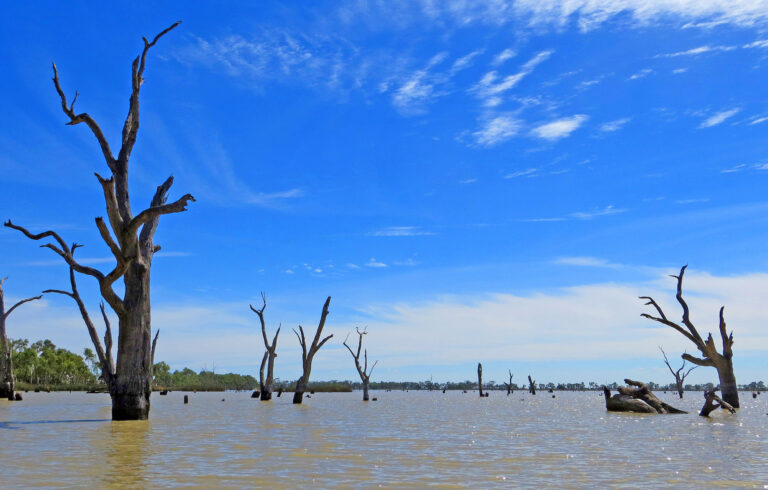
Photo 1:Intermittent Swampy Woodland, Drowned Red Gums at Third Reedy Lake, Kerang
The duration, depth and frequency of flooding will determine what species the wetland will support during a particular flooding event. For example a ring or large patch of Old Man Weed (Centipeda cunninghamii) (Photo 2) tells you that a wetland has been flooded and then dried out or a high cover of the summer growing weed Water Couch (*Paspalum distichum) (Photo 3) indicates prolonged summer inundation (possibly caused by artificial changes in hydrology).
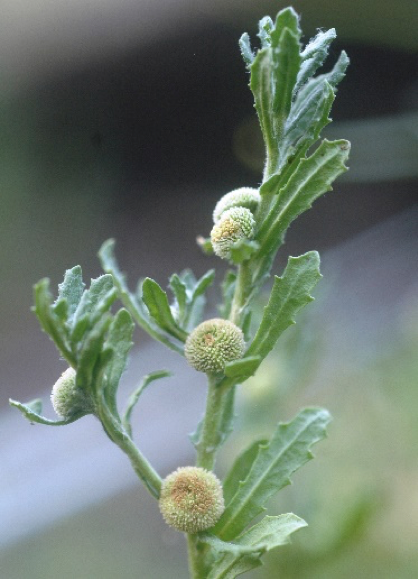
Photo 2: Old Man Weed (Centipeda cunninghamii) tells you that a wetland has been flooded and then dried out
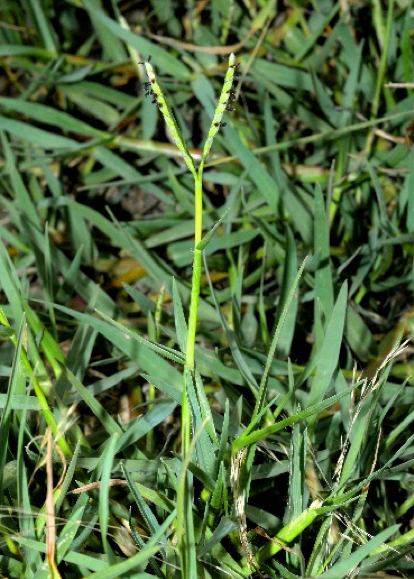
Photo 3: Water Couch (*Paspalum distichum) indicates prolonged summer inundation (possibly caused by artificial changes in hydrology).
The Australian climate is the most variable on earth which has resulted in our wetlands being one of the most changeable environments in Australia. Wetlands can be inundated either semi-permanently, seasonally (regularly, almost every year), intermittently (up to 3 out of every 10 years) or episodically (irregularly less than 3 out of every 10 years). Wetland inundation levels occur in phases ranging from totally dry to filling, full and then to drying. Each of these phases often have a totally different suite of wetland plants, each uniquely adapted to their environment.
For example, Cycnogeton (formerly known as Triglochin) species, or Water Ribbons, are very important Aboriginal food plants. The presence of Water Ribbons leaves indicate that a wetland is inundated by around 30 cm to a meter of water at least intermittently (Photo 4). When the wetland is dry the Water Ribbons die back to a cluster of tubers (Photo 5), where they can remain for up to 30-40 years and other species of mudflat or terrestrial plants will grow in their place! Then when the wetland is filling the leaves of the Water Ribbons in their need to get light can stretch and grow very rapidly, and whatever mudflat or terrestrial species that were growing in their place will drown.
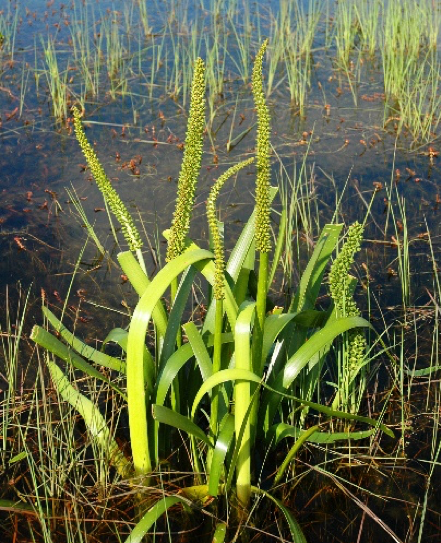
Photo 4: Water Ribbons leaves indicate that a wetland is inundated by around 30 cm to a meter of water at least intermittently.
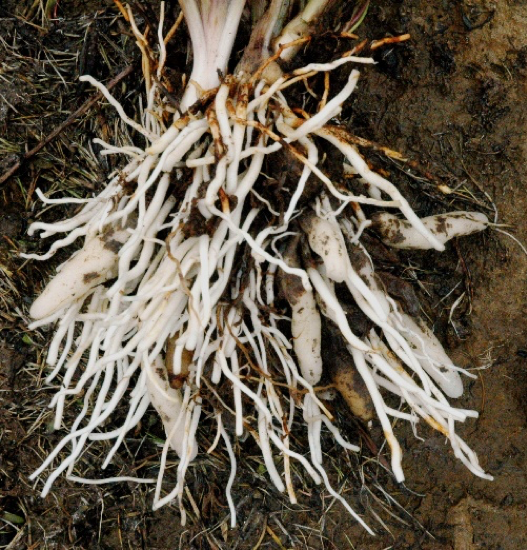
Photo 5: Water Ribbons die back to a cluster of tubers, where they can remain for up to 30-40 years in a wetland dry phase.
Without a thorough understanding of what drives the ecology of a wetland, management actions may end up causing more harm than good. Wetland plant identification is more challenging that terrestrial vegetation because you go to the same spot only to find a complete change of species, and you get your feet wet!
For effective management, it is critical to have an understanding of wetland ecology of which wetland plant identification is a key part. By increasing these skills comes an increasing understanding of what is needed to restore wetlands, or what response management changes are having i.e. from environmental watering. So grab your gum boots and get out there!
Wetland ecologists Damien Cook and Elaine Bayes are committed to communicating effective wetland management. To meet this end they run a three-day Wetland Ecology and Plant Identification Course, commencing in December 2022. This course runs on 3 separate days, over a 6-month period from spring to autumn. Each day will focus on a different wetland habitat (water’s edge, deep marsh and mudflat) and be timed so as to follow the wetting and drying of the stunning Reedy Lagoon at Gunbower Island and nearby wetlands.
Your participation and promotion of the courses will help ensure that they run into the future.
